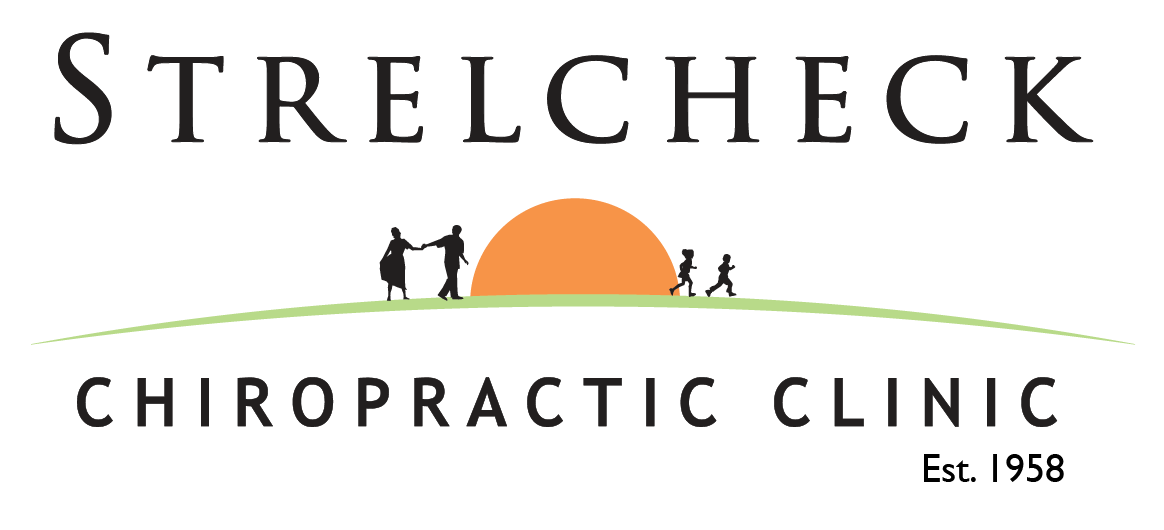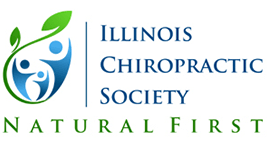Knead to Know Facts
Plantar Fasciitis Plantar Fasciitis is a painful inflammatory process of the plantar fascia. The plantar fascia is a thick fibrous band of connective tissue that attaches on the bottom surface of the calcaneus (heel bone) and extending along the sole of the foot towards the five toes. It has been reported that plantar fasciitis occurs in two million Americans a year and 10% of the population over a lifetime. It is commonly associated with long periods of weight bearing. Among non-athletic populations. it is associated with a high body mass index. The pain is usually felt on the underside of the heel and is often most intense with the first steps of the day. Another symptom is that the sufferer has difficulty bending the foot so that the toes are brought toward the shin (decreased dorsiflexion of the ankle). Treatment options for plantar fasciitis include rest, massage therapy, stretching, weight loss, night splints, motion control running shoes, physical therapy, cold therapy, orthotics, anti-inflammatory medications, and injection of corticosteroids. In some cases, massaging of the inflamed location only serves as a temporary relief and more aggressive procedure such as surgery is required. We have helped many of our patients with the treatment of their plantar fasciitis through massage therapy, active stretching techniques, ice therapy and the occasional ultrasound of the fasciitis. Speak with your doctor if you are experiencing any of the symptoms associated with plantar fasciitis for a complete diagnosis as we have been very successful in helping with this condition.





